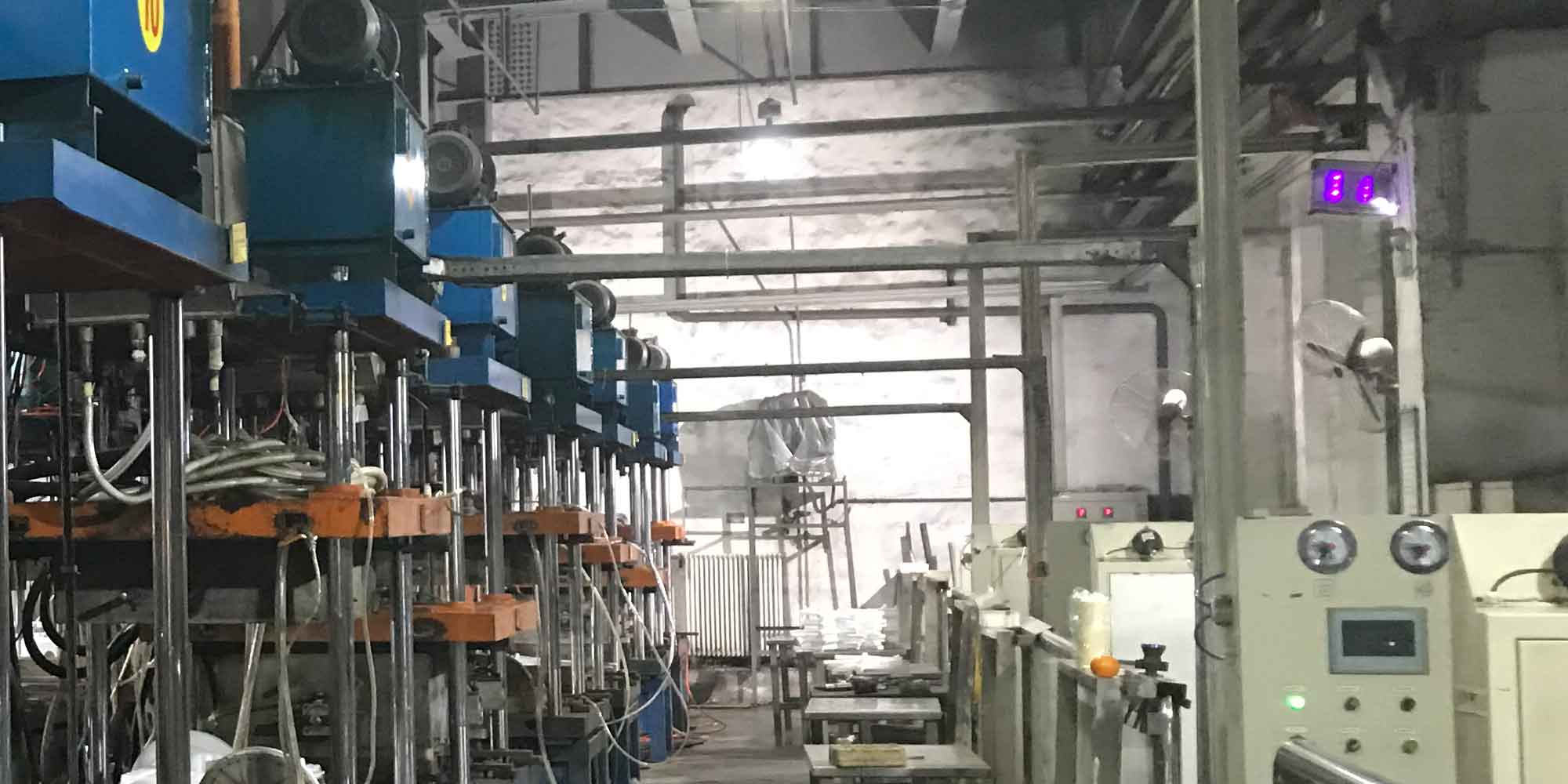Improving production speed in lost foam casting through automation involves integrating advanced technologies that streamline every phase of the casting process. Automation not only speeds up production but also enhances consistency, reduces labor costs, and minimizes human error. Here’s how automation can be strategically implemented to expedite production in lost foam casting:

1. Automated Pattern Making
- CNC Machining of Foam Patterns: Employing CNC machines to cut foam blocks into precise patterns can significantly speed up the pattern-making process. CNC machines can operate continuously and with minimal supervision, allowing for rapid production of complex patterns.
- 3D Printing of Foam Patterns: Additive manufacturing or 3D printing can be used to create complex foam patterns directly from CAD models. This reduces the time needed for traditional pattern making and allows for quick design modifications.
2. Mold Assembly Automation
- Automated Coating: Robots can automate the process of dipping foam patterns into refractory slurry, ensuring consistent coating thickness and quality. Automated drying systems can precisely control the temperature and humidity to optimize drying times and improve mold quality.
- Cluster Assembly: Automated systems can also be used to assemble individual foam patterns into clusters when multiple parts are lost foam casting in a single pour, speeding up the preparation phase.
3. Automated Pouring
- Controlled Pouring Mechanisms: Automating the pouring process with robotic arms ensures precise control over the pouring rate and temperature, which are critical factors in achieving defect-free lost foam casting. This automation helps maintain consistent lost foam casting conditions and reduces material wastage.
- Real-Time Monitoring and Adjustments: Integration of sensors and feedback systems allows for real-time monitoring and automatic adjustments of the metal pouring process, ensuring optimal conditions are maintained throughout lost foam casting cycle.
4. Cooling and Separation
- Automated Cooling Systems: Implementing controlled cooling systems can automate the rate at which lost foam casting parts are cooled, speeding up the process while ensuring that cooling rates are ideal for the material properties required.
- Robotic Knockout and Cleaning: Robots equipped with sensors can be used to remove the lost foam casting parts from the sand and perform initial cleaning, reducing the time and labor involved in manual knockout processes.
5. Post-Casting Processing
- Automated Trimming and Finishing: Advanced robotics can also be used to trim, grind, and perform other finishing operations on lost foam casting. These systems can be programmed to handle the precise movements required for detailed finishing work.
- Quality Inspection Automation: Utilizing automated scanning and imaging systems for quality inspection can rapidly assess the dimensional accuracy and integrity of lost foam casting parts. Techniques like CT scanning, ultrasonic testing, and 3D scanning can be automated for quick and precise quality control.
6. Data Integration and Process Optimization
- Smart Factory Concepts: Implementing IoT (Internet of Things) and AI (Artificial Intelligence) within lost foam casting facility can lead to a smart factory setup where data collected from various points in lost foam casting process is analyzed in real-time. AI algorithms can predict and adjust process parameters to optimize cycle times and improve overall efficiency.
7. Workforce Training and Management
- Skill Development: Even with increased automation, the human element remains crucial. Training staff to operate and maintain new automated systems ensures smooth operation and maximizes the effectiveness of technological investments.
By incorporating these automation strategies, manufacturers using lost foam casting can significantly increase the speed of production while maintaining or even improving the quality of the final products. This approach not only meets the demand for faster production cycles but also positions the company competitively in the market by reducing costs and enhancing product consistency.
